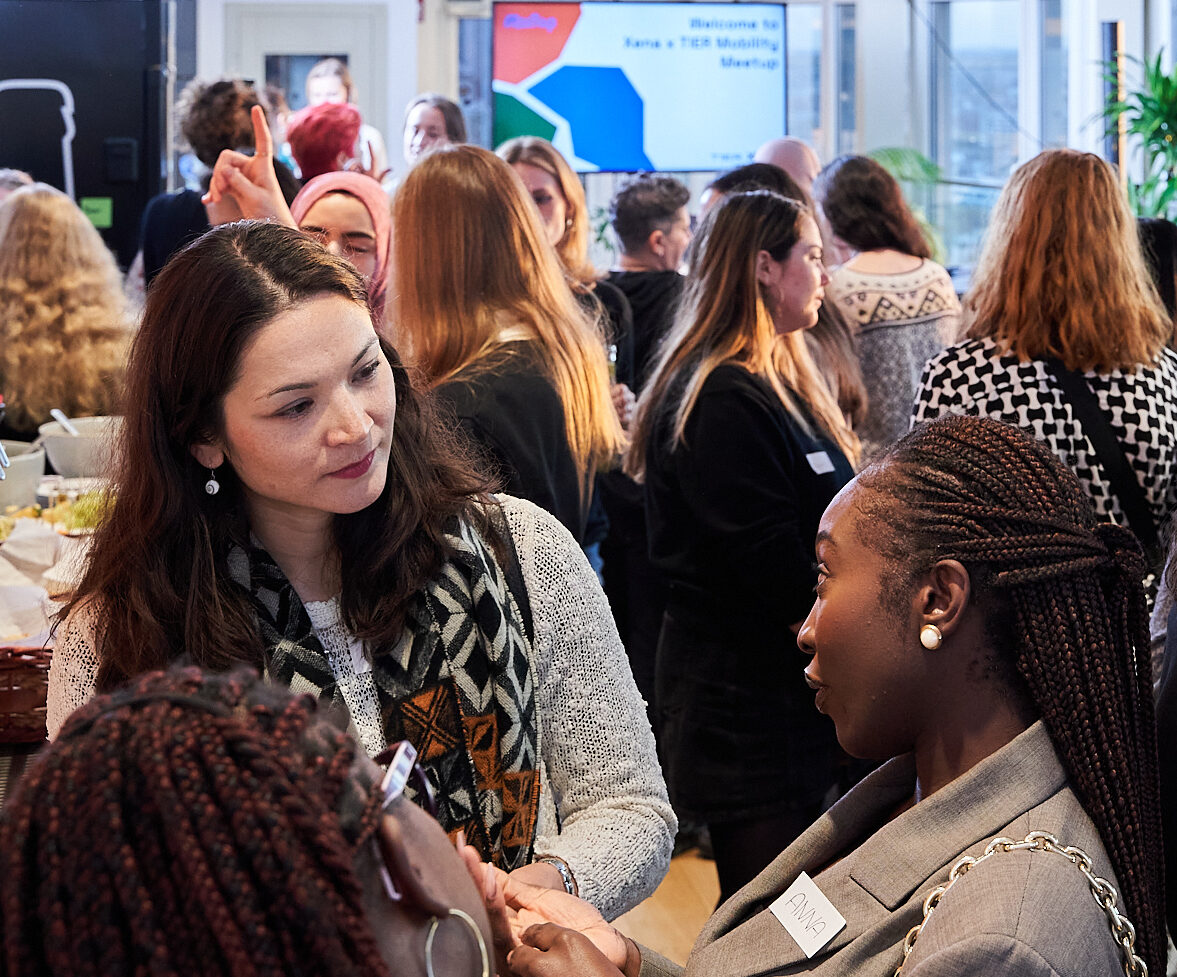4 min. read
10 Actions To Foster Neurodiversity in the Workplace
What Can You Do As A Colleague and/or Employer?

Embracing neurodiversity means recognising and valuing the unique strengths and perspectives of individuals with neurological differences such as autism, ADHD, dyslexia, and more.
Here’s how you can take actionable steps as both a colleague and an employer to promote inclusivity in the tech space.
1. Promote Awareness and Education
Employer Action: Organise regular training sessions to educate employees about neurodiversity. Include information on different neurological conditions, their characteristics, and the benefits of a neurodiverse workforce.
Colleague Action: Share articles, videos, and resources about neurodiversity. Foster open discussions and encourage questions to dispel myths and stereotypes.
Example: At Microsoft, the company has implemented an Autism Hiring Program and conducts extensive training to ensure all employees understand the strengths and needs of neurodiverse colleagues.
2. Implement Flexible Work Policies
Employer Action: Offer flexible working hours, remote working options, and customised workspaces to accommodate different sensory needs and work styles.
Colleague Action: Be understanding and supportive of colleagues who may need to adjust their work hours or environment to perform at their best.
Example: SAP has created autism-inclusive workspaces with noise-cancelling headphones and quiet zones, providing an environment conducive to the productivity of neurodiverse employees.
3. Customise Communication Strategies
Employer Action: Provide clear and concise communication, and offer information in multiple formats (written, visual, and verbal). Avoid jargon and be explicit in instructions.
Colleague Action: Be patient and attentive in communication. Use clear language and check for understanding without making assumptions about comprehension.
Example: Implementing project management tools like Trello or Asana can help in providing visual representations of tasks and deadlines, catering to different communication preferences.
4. Redesign Recruitment Processes
Employer Action: Create a recruitment process that values skills and potential over traditional interview performance. Use practical assessments and work trials.
Colleague Action: If involved in the recruitment process, advocate for assessments that allow neurodiverse candidates to demonstrate their abilities in real-world tasks rather than traditional interviews.
Example: EY has restructured its recruitment process for neurodiverse candidates by focusing on problem-solving and practical assessments rather than conventional interviews.
5. Provide Mentorship and Support Networks
Employer Action: Establish mentorship programmes that pair neurodiverse employees with mentors who understand their unique challenges and strengths.
Colleague Action: Volunteer to be a mentor or offer peer support. Be proactive in checking in with neurodiverse colleagues and providing assistance when needed.
6. Encourage Employee Resource Groups (ERGs)
Employer Action: Support the creation of ERGs for neurodiverse employees, providing them with a platform to share experiences, resources, and support.
Colleague Action: Join or support neurodiversity ERGs. Attend meetings and events to learn more about the experiences of neurodiverse colleagues.
Example: IBM has active ERGs for neurodiverse employees, offering a supportive community and driving initiatives to improve workplace inclusivity.
7. Adapt Performance Management
Employer Action: Develop performance management systems that recognise diverse working styles and focus on outcomes rather than processes. Provide regular, constructive feedback.
Colleague Action: Offer feedback that is specific and actionable. Recognise and celebrate the unique contributions of neurodiverse colleagues.
8. Promote an Inclusive Culture
Employer Action: Foster an inclusive culture where diversity is celebrated. Highlight stories of neurodiverse employees and their achievements.
Colleague Action: Advocate for inclusivity in team meetings and social events. Celebrate neurodiverse colleagues’ successes publicly.
Learn how to build an inclusive culture in Tech, insights from Cassandra Hoermann, Employer Branding Expert.
9. Design Inclusive Workspaces
Employer Action: Create physical work environments that cater to different sensory needs. Include quiet zones, varied lighting options, and ergonomic furniture.
Colleague Action: Be mindful of the sensory needs of neurodiverse colleagues. Avoid creating unnecessary noise and respect personal space.
10. Seek Continuous Feedback and Improvement
Employer Action: Regularly seek feedback from neurodiverse employees about their experiences and challenges. Use this feedback to continually improve policies and practices.
Colleague Action: Encourage neurodiverse colleagues to share their feedback and support them in voicing their needs to management.
Promoting neurodiversity in the workplace is a continuous journey requiring commitment and action from both employers and colleagues.
By implementing these strategies, we can create a tech environment that not only accommodates but celebrates the unique contributions of neurodiverse individuals, driving innovation and success for all.





